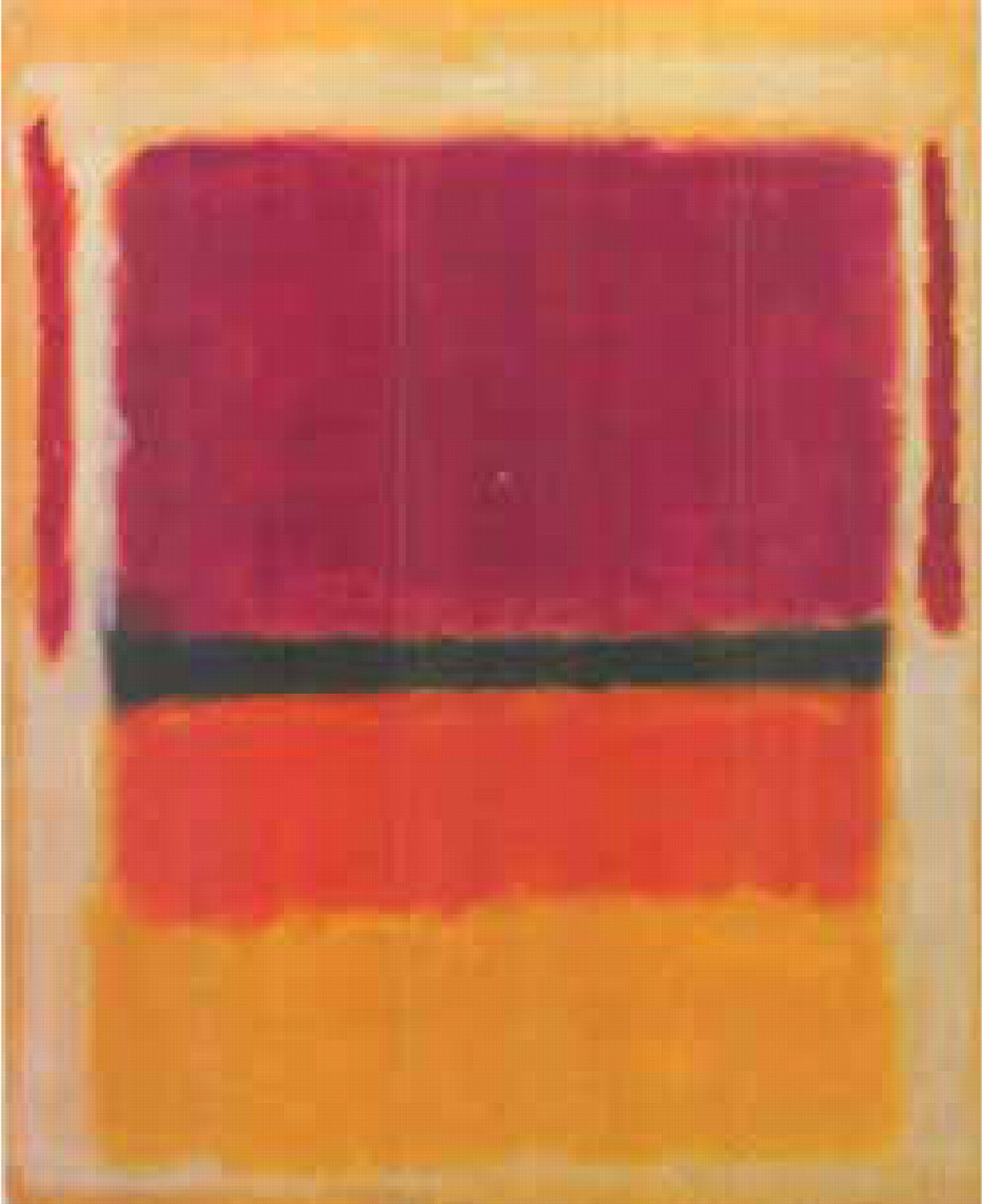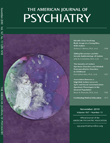Mark Rothko is regarded as a seminal exponent of the mid-20th-century abstract expressionist movement. However, he eschewed such a label and rejected the formalist doctrine that pervaded the art criticism of the period. Formalism, as enunciated primarily by the influential critic Clement Greenberg, postulated that content in painting was irrelevant and only the formal surface and painterly aspects of the canvas mattered, as could be directly experienced by the viewer in the works of Jackson Pollock, Willem de Kooning, Franz Kline, and other exemplars of abstract expressionism, including Rothko.
“I'm not an abstractionist,” Rothko stated. “I'm not interested in relationships of color or form or anything else. I'm interested only in expressing basic human emotions—tragedy, ecstasy, doom and so on—and the fact that lots of people break down and cry when confronted with my pictures shows that I communicate these basic human emotions.” In a catalog accompanying a retrospective of Rothko's work at the Guggenheim museum in 1978, Thomas Messer observed, “Rothko shares with composers of music an absence of explicit imagery and a correspondingly developed capacity to evoke content by association—an interest in rhythmic structures and the use of color to achieve modulations that can be subtly chromatic or dramatically contrasted—he is a creator of melodic surfaces rendered vital and sonorous.”
Born Marcus Rothkowitz in Dvinsk, Russia, Rothko was his parents' fourth child. His father, a pharmacist, immigrated alone to Portland, Ore., in 1910. In 1913, the family was reunited, but Rothko's father died of colon cancer a year later. Rothko began sketching as a teenager and, an accomplished student, received a scholarship to attend Yale in 1921. When his scholarship was not renewed, he left the university and enrolled in the Art Students League in New York. The relationship he then developed with the painter Milton Avery was central to his artistic development. After a detour through surrealism, he arrived at his signature style in the late 1940s (example shown here) and achieved wide recognition for his work in the 1950s. In a lecture he gave in 1958, he declared that a meaningful work of art must have, first, a clear preoccupation with death and intimations of mortality and, second, sensuality, a lustful relationship with things that exist. This is a far cry from Greenberg's formalist doctrine.
In 1968, Rothko was diagnosed as having an aortic aneurysm. Surgical intervention was ruled out because of his advanced liver disease, a consequence of years of heavy drinking. In 1969, he separated from his second wife, with whom he had two children, and was treated for depression. In 1970, he killed himself in his studio by severing both brachial arteries with a razor blade. His biographer, Breslin, commented that he acted “unequivocally, even methodically, with the deliberation of a man who had spent hours contemplating the violence he saw in his own paintings” (
1).
Rothko viewed his paintings as a “portal” into profound emotional states. In his mature work he embodies for the viewer one aspect of Rudolf Otto's concept of the numinous, the mysterium fascinans, the capacity to attract, fascinate, and compel.


